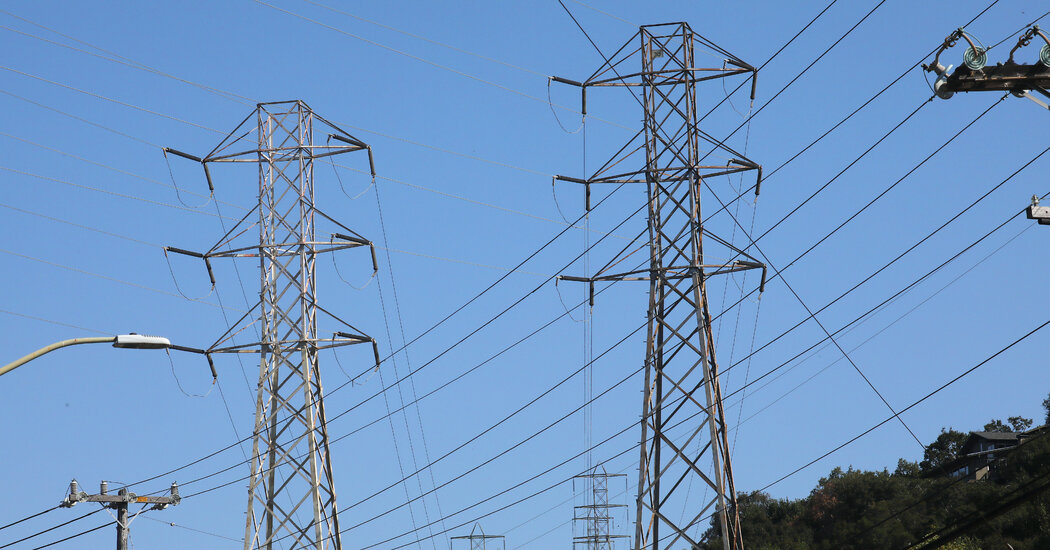A rarely used technique to upgrade old power lines could play a big role in fixing one of the largest obstacles facing clean energy, two reports found.
One of the biggest obstacles to expanding clean energy in the United States is a lack of power lines. Building new transmission lines can take a decade or more because of permitting delays and local opposition. But there may be a faster, cheaper solution, according to two reports released Tuesday.
Replacing existing power lines with cables made from state-of-the-art materials could roughly double the capacity of the electric grid in many parts of the country, making room for much more wind and solar power.
This technique, known as “advanced reconductoring,” is widely used in other countries. But many U.S. utilities have been slow to embrace it because of their unfamiliarity with the technology as well as regulatory and bureaucratic hurdles, researchers found.
“We were pretty astonished by how big of an increase in capacity you can get by reconductoring,” said Amol Phadke, a senior scientist at the University of California, Berkeley, who contributed to one of the reports released Tuesday. Working with GridLab, a consulting firm, researchers from Berkeley looked at what would happen if advanced reconductoring were broadly adopted.
“It’s not the only thing we need to do to upgrade the grid, but it can be a major part of the solution,” Dr. Phadke said.
Today, most power lines consist of steel cores surrounded by strands of aluminum, a design that’s been around for a century. In the 2000s, several companies developed cables that used smaller, lighter cores such as carbon fiber and that could hold more aluminum. These advanced cables can carry up to twice as much current as older models.
